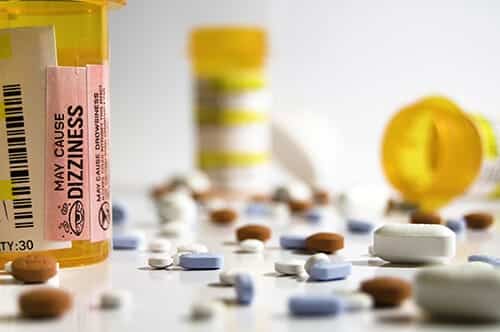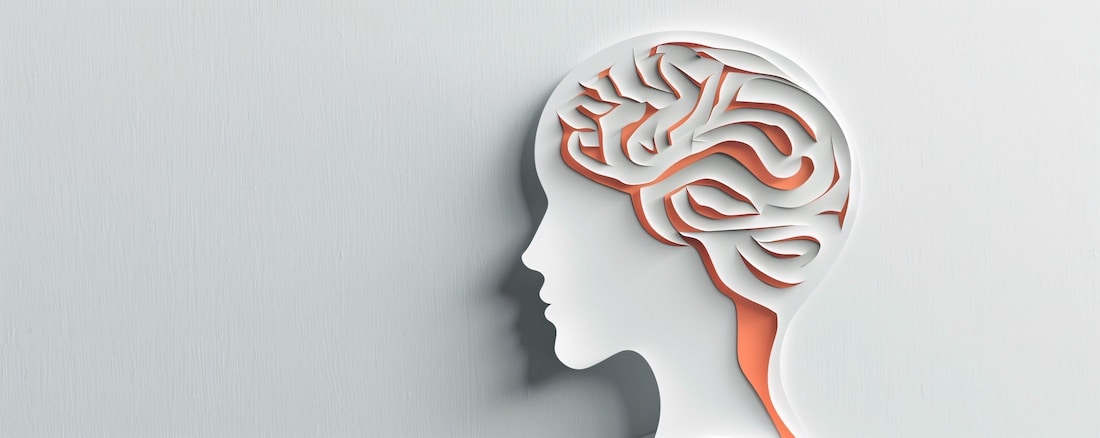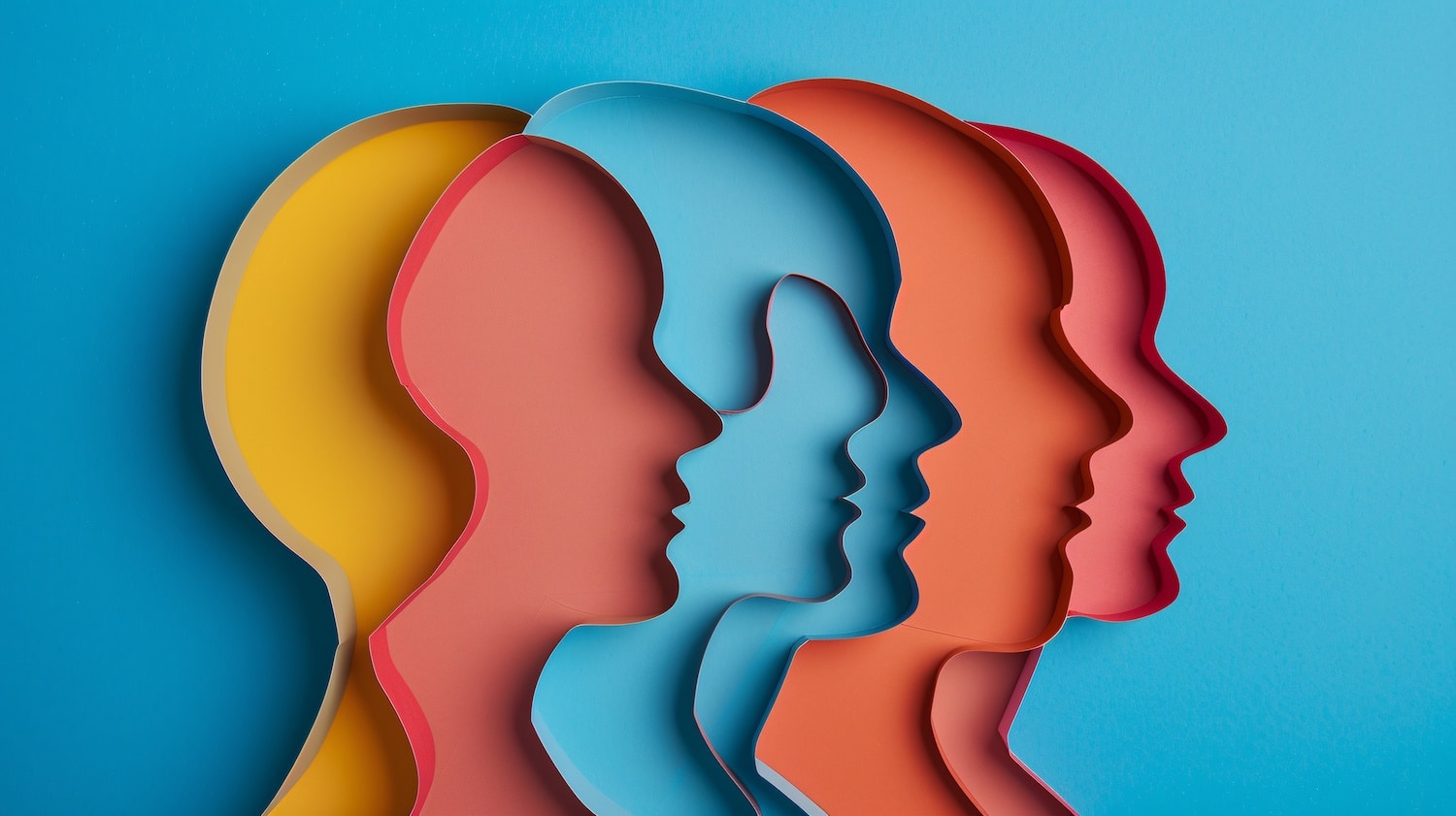
Drug abuse can involve more than illegal street drugs. In addition to heroin and cocaine, many people abuse prescription medicines. The most abused prescription drugs are just as problematic as their illegal counterparts. By expanding your awareness of these medicines, you take a step toward avoiding a substance use disorder.
The Most Abused Prescription Drugs in the United States
 A lot of people mistakenly believe that the medicines their doctors prescribe are totally safe. In reality, most prescription drugs cause side effects. Sometimes they even trigger problematic health conditions. The three medications below have a high risk for abuse and addiction development.
A lot of people mistakenly believe that the medicines their doctors prescribe are totally safe. In reality, most prescription drugs cause side effects. Sometimes they even trigger problematic health conditions. The three medications below have a high risk for abuse and addiction development.
CNS Depressants
Central nervous system (CNS) depressants or tranquilizers have a calming effect on the brain. Benzodiazepines or benzos are the most common drugs in this category that people abuse. For example, brand names include Xanax, Klonopin, and Valium.
The generic name for Xanax is alprazolam, and doctors prescribe it to treat serious anxiety and panic disorder. It depresses the CNS to make you relax. Thus, abusing the drug causes fast-acting sedation.
Similarly, Valium and Klonopin are popular for their sedative effects. Abusing them produces a high that’s similar to drinking alcohol. These benzos can also cause blackouts and overdose may lead to death.
Stimulants
Stimulants are a class of drugs that increase brain activity. Because of that, they make you feel more energetic and alert. Two popular examples include Adderall and Ritalin.
As an amphetamine, Adderall can treat narcolepsy and attention deficit hyperactivity disorder (ADHD). If you have narcolepsy, the drug helps you sleep by treating your symptoms. If you have ADHD, it helps you focus on tasks. College students most often abuse Adderall, but shift workers and truck drivers use the drug inappropriately as well.
In addition, Ritalin is methylphenidate and similar to Adderall. It affects your CNS by stimulating dopamine production in the brain. This hormone heightens your alertness. However, having prolonged high levels of dopamine can lead to dependence and addiction.
Opiates and Opioids
Opiates and opioids are prescriptions that also stimulate dopamine production. However, doctors prescribe them to treat moderate to chronic pain. Types of opiates, which are natural opium derivatives, include codeine and morphine. On the other hand, types of opioids, which are partial or full synthetics, include oxycodone and hydrocodone.
Codeine is a common ingredient in prescription cough syrup. High amounts cause sedation and altered consciousness. It’s also the main ingredient in purple drank, a mixture that includes soda and candy. This beverage became popular in the early 2000s in hip-hop and rap music, and some artists have died from overdoses.
Doctors often prescribe oxycodone under the brands OxyContin and Percocet. These and other opioid painkillers change how your brain and CNS respond to pain. They also alter how you perceive pain. Abusing them has a euphoric effect that is highly addictive.
Prescription Drug Treatment at Steps to Recovery
The most abused prescription drugs are more common than you might want to believe. If you have a prescription pill addiction, help is available at Steps to Recovery. We also provide treatment for other drug addictions, including:
Overcome your weakness against prescription or other drugs. Find out how you can stay sober with relapse prevention skills training at our facility. Reach out to us now at 267.209.7312 .
Explore this article:
Explore Our Facilities
Drug and alcohol detox and residential treatment for addiction and mental health disorders
Outpatient treatment center for substance use disorder and mental health disorders
Outpatient treatment center for substance use disorder and co-occurring mental health disorders







